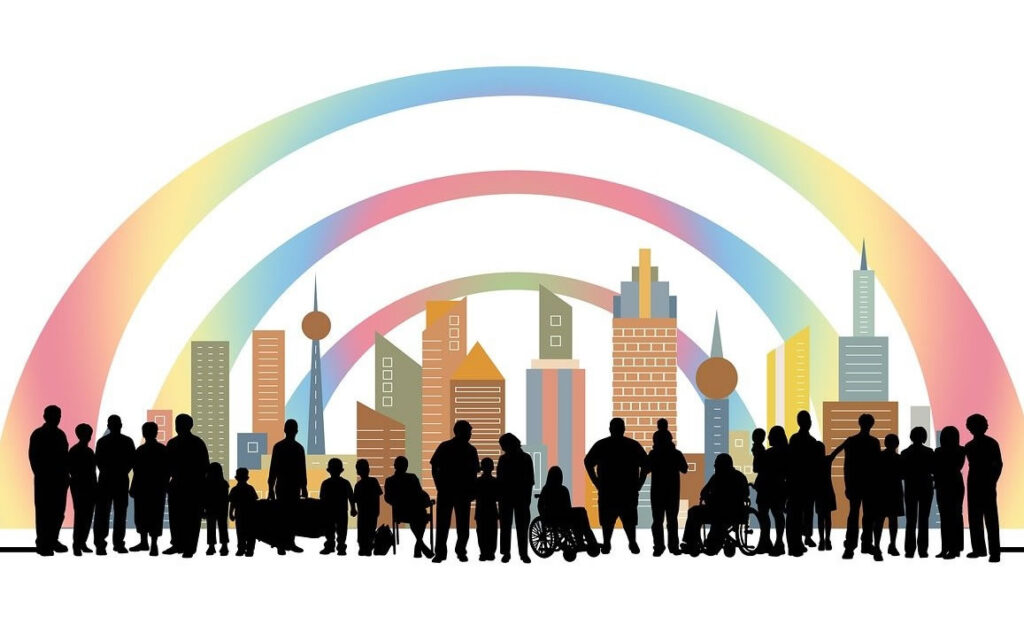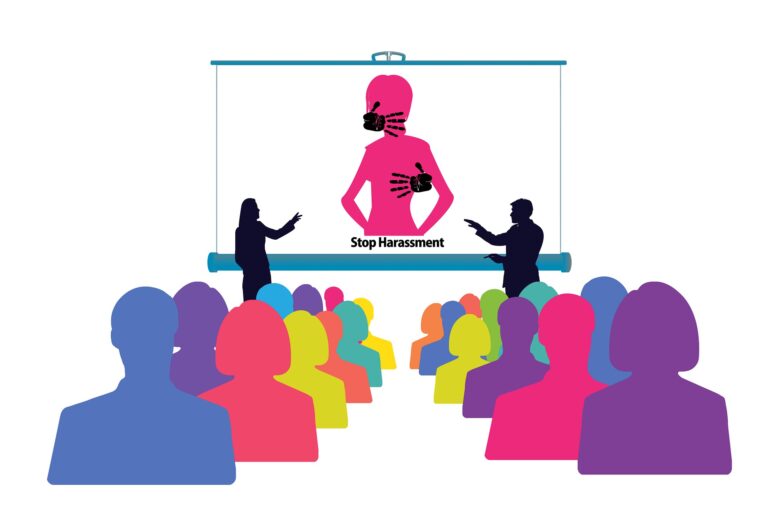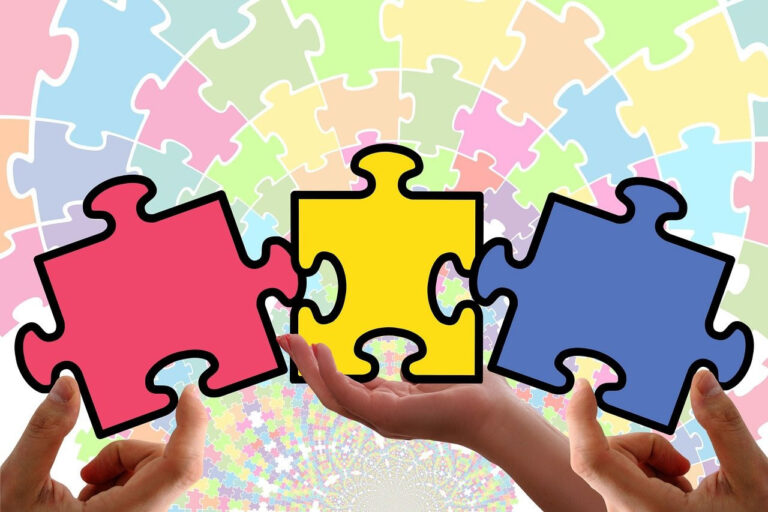November 2024
Contents
- Blue Tulip Consultancy – Welcome
- Use of the word ‘Normal’ – the more I hear it, the more I hear it.
- Case Law – Managing Biases in Recruitment
- Good Stories
In terms of training and consultancy support, our primary focus over the coming months and 2025 is on
- Proactive and Preventative Actions to Sexual Harassment
- Understanding and controlling Microaggressions
- Organising and Managing Reciprocal Mentoring
- Finding Your Mojo – Professional Leadership Development Programme for Ethnic Minority Groups
- Inclusive Leadership Coaching – one-to-one or group coaching
Hello,
Already we are in November and the count down to the festive season and the end of year is now in full swing.
Yet in parallel there is a lot going on worldwide; we worry, we lament, we discuss and then we go back into our lives and day to day routines.
‘Don’t just aspire to make a living, aspire to make a difference’ Denzel Washington
Use of the word ‘Normal’
The more I hear it, the more I hear it
I recently conducted a training session on Inclusive Practices for an IT company, the participant’s average age was around 28 years. During the discussion on the protected characteristics within the Equality Act 2010, we explored the definition of sexual orientation which one participant described as, those who are ‘normal, gay or bisexual. I recognised that I had formed biases about the participants, that because of their age, they would be more au fait with the use of inclusive language.
Since then, I have increasingly noticed the use of the word ‘normal’ being used extensively, with no consideration given to the implications or its labelling process. Here are further examples, the receptionist in response to a client’s question about the location of a bathroom asked whether the client wanted normal toilets or disabled toilets to the inane comment of a client’s admin colleague asking whether I wanted normal milk or almond milk in my coffee.
The term ‘normal’ is derived from the Latin normalis, ‘made according to a carpenter’s square or forming a right angle’. It subsequently had other new meanings, ‘done exactly, according to the rule or square’. The meaning eventually related to people, society or human behaviour but used primarily by Latin Mathematicians. Jonathon Mooney explains in his book Normal Sucks: How to Love, Learn and Thrive Outside the Lines’ that over time, the meaning of the word ‘normal; became a fact in the world and a judgement of what is right. Today the dictionary (Cambridge and Merriam Webster) definitions include ‘usual’, and ‘what you would expect’, ‘conforming to a type’, ‘standard’ or ‘regular pattern’.
My commitment to inclusive language is heightened when the subjective expression of ‘normal’ is used in everyday conversation, especially in the derogatory sense to people’s differences. It suggests that there is a standard that everyone should aspire to, a suggestion of perfection and anyone outside that standard is therefore not normal, even abnormal. This is referenced within a collective indicator of normalcy where the perception of nonconformity, unconventional, eccentricity even a hint of aberration is somehow unsavoury or even intolerable. I recognise that when people use the word normal to highlight differences, it is a naïve, limited, ignorance-based understanding of their map of the world. At another level, it can also portray a narrow minded, stereotypical, negative and judgemental perspective. To reference someone whether they are normal (or not) is often not simply a description, it can easily be a moral judgement.
There are other factors, the use of the term ‘normal’ is limited, it excludes people who do not fit into that category and also creates a sense of shame or inadequacy, even guilt for those who do not meet the ‘normal’ standard. The (subtle) labelling continues, for instance in one team, a colleague who had asked for reasonable adjustments due to his autism was often referred as ‘a square peg in a round hole’ and was even asked what it was like for his parents to realise that they did not have a normal child.
Being labelled as not being normal does carry significant negative connotations though they are not always easily spotted. In a number of instances, these negative limitations are not recognised as over time, the limitations themselves become the norm – oof, the irony.
People from diverse backgrounds, those in the minority continue to face significant barriers, some deliberate, some incidental and some dismissive. Changing perceptions of the language used is fundamental in removing these barriers. Being mindful and conscientious of the language we use is a good marker to the progress we can make to be more inclusive.
Negley Farson, the author of the bestselling memoir The Way of a Transgressor was an alcoholic and voluntarily admitted himself to an asylum in Switzerland. The director told him, keep your conflicts, Mr Farson, it is better for you never to be a normal man’. (Source The Spectator October 2015)

Interesting Case Law
The dated language of ‘being a good fit’ could be discriminatory
In the case of James & Saine v London & Quadrant Housing Trust an employer advertised three vacancies for leadership positions.
There were six internal candidates, three were white and three were black or mixed race. The employer offered jobs to two of the white candidates. None of the black or mixed race applicants were appointed. The employer then decided to re-advertise the third vacancy externally, despite having decided that the remaining internal candidates ‘were not appointable’.
Two internal candidates who had been overlooked, claimed that the decision not to appoint them was direct race discrimination. The tribunal agreed. The employer’s hiring team had based its decision on who to appoint on a subjective view of who would ‘fit in’, rather than objectively considering qualifications and suitability for the job. The tribunal stated, “basing recruitment decisions on subjective views, or gut feelings, increases the risk of stereotypes and unconscious bias coming into play”.
The oversight was a costly one for the employer, who ended up paying out £95,000 in compensation to the employees who brought the case.
This case is a good reminder about the recruitment processes which must be free from discrimination and minimise the risk of implicit bias.
Recruitment and interview processes should be reviewed to make sure that they stand up to scrutiny and are based on an objective assessment of suitability.
Source: Hunter Law October 2024
Good Stories

Good Stories
The New York City Marathon in November last year had 51,453 finishers from 148 countries The NYC Marathon has a webpage dedicated to Atheletes with Disability and includes a programme for the race that is inclusive of wheelchair users. The message is very clear, it brings people from all walks of life together – disabled people included and is considered to be one of the most inclusive and accessible sporting events in the world.
According to Teneo’s The State of Sustainability in 2024: DEI Will Survive report
Forty-three percent of companies continue to maintain and promote quantitative, time-bound DEI goals, and 80% of DEI goals remain unchanged from 2023.
Sixty-seven percent of companies have targeted talent programs for diverse talent.
Seventy percent of companies have supplier-diversity programs.
Lego Group’s DEI statement focuses on future and social responsbility
We believe the LEGO Group – and LEGO® play – is for everyone, no matter where you come from, what you look like or how you identify.
It’s our mission to inspire and develop the builders of tomorrow. To succeed in this mission and help all children develop the skills that will help them fulfill their potential, we must continue to play our part in building a more inclusive and equitable world, starting with our own organization.”
Various Sources
About Blue Tulip
Blue Tulip Consultancy supports organisations to develop, lead and execute Diversity and Inclusion strategic objectives. The process involves working with senior leadership teams to establish and implement measurable D&I objectives and goals. We also include an analysis of the current trends, identify key areas of opportunity with creative, compelling recommendations to effect change. Blue Tulip Consultancy provides guidance on how to implement the recommendations into practice.
If you would like more details about how we can help your organisation please have a look at our website or if you would like a short chat over the phone please email hello@bluetulipconsultancy.com to arrange a convenient time.
Snéha Khilay
Managing Director
Blue Tulip Consultancy
hello@bluetulipconsultancy.com
www.bluetulipconsultancy.com
Inspired by the famous Gandhi quote, “be the change you want to see in the world”





